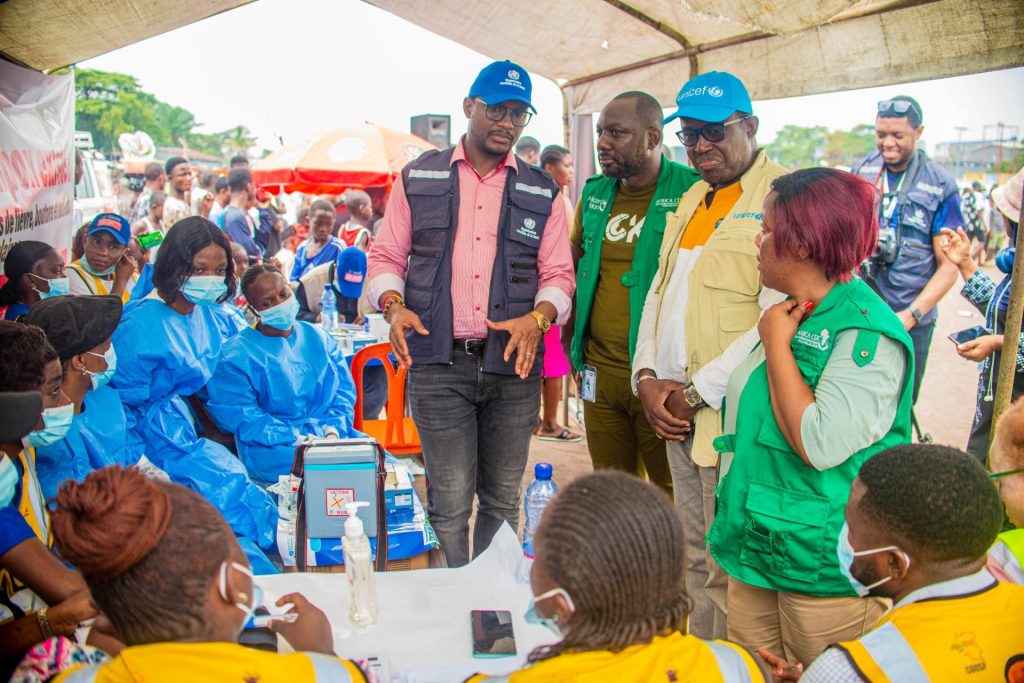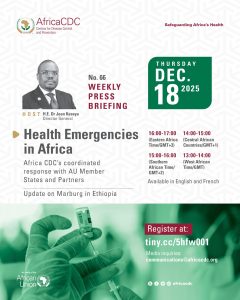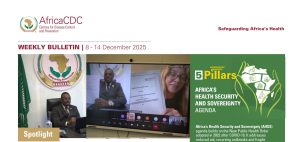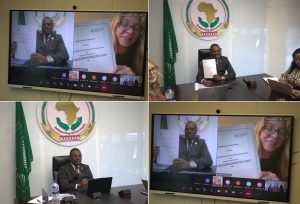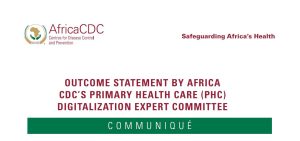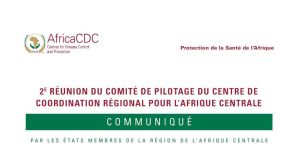In the heart of Pakadjuma, one of the most underserved districts in Kinshasa, a powerful story of resilience and public health leadership is unfolding. Following the declaration of a national mpox outbreak in December 2022, the Democratic Republic of the Congo (DRC) has worked tirelessly to protect its most vulnerable—health workers, sex workers, and now, for the first time, children.
From the outset of the outbreak, DRC prioritized vaccination for high-risk groups. Health workers and commercial sex workers many of whom live in precarious conditions were among the first to be vaccinated. For sex workers in particular, the vaccine has become their only line of defense in a world where their work is their livelihood and other means of protection are out of reach.
Yet for over a year, children despite being among the most affected were excluded from vaccination due to global regulatory constraints. Between January and August 2024 alone, 8,772 children contracted mpox, accounting for more than half of the country’s total 15,664 cases. Tragically, 463 of the 548 mpox-related deaths during this period were among children.
This exclusion stemmed from the lack of regulatory approval for the use of MVA-BN (Jynneos) vaccines in minors. Although other vaccines, like Japan’s LC16, had received emergency use listing from the World Health Organization (WHO) and were approved for children, bureaucratic delays hampered access to these life-saving interventions.
That changed in February 2025.
In a landmark decision, the DRC became the first country to approve the use of MVA-BN in children. In partnership with Africa CDC, WHO, UNICEF, and Gavi, the government launched a two-week vaccination campaign targeting children aged 1 to 17 in Pakadjuma, the epicenter of the outbreak globally.
The campaign aimed to protect younger generations and interrupt the chain of transmission. Two key strategies were used: widespread vaccination in hotspot health zones and targeted vaccination of contacts of confirmed cases.
“To achieve this goal, 434,039 doses of the MVA-BN vaccine have been made available as a crucial resource in the fight against the virus,” said Dr. Dieudonné Mwamba, Director General of the National Institute of Public Health (INSP), at the campaign’s launch.
Dr. Mwamba called on communities to embrace the campaign and emphasized the collaborative role of Africa CDC, WHO, UNICEF, and Gavi in supporting the Congolese government’s efforts to contain the disease.
Between 2024 and the first six weeks of 2025, DRC reported 15,852 confirmed mpox cases. Alarmingly, children under 15 accounted for 43.5% of these. “This highlights the urgency of targeted vaccination and enhanced public health measures,” said Professor Yap Boum II, Deputy Incident Manager for Mpox at Africa CDC.
Several partners led by example, being publicly vaccinated to counter vaccine misinformation. “Vaccination is a critical public health tool to prevent infection and reduce transmission,” Professor Boum added. “The scale-up of this campaign is a major milestone in protecting vulnerable populations.”
Speaking on behalf of Dr. Boureima Hama Sambo, WHO Representative in DRC, Dr. Amadou Mouctar Diallo, Coordinator of Emergency Preparedness and Response, called the campaign “a decisive step.” He thanked WHO, UNICEF, Africa CDC, Gavi, and donor countries for supporting the operational costs and ensuring the vaccine’s availability.
In Pakadjuma, the campaign was met with gratitude and relief. “I brought my six-year-old son Lionel to be vaccinated,” said resident Madame Ntanga Huguette. “He had been exposed to a confirmed case. I’m grateful this vaccine is free and hope it will reach children across Africa.”
With strong community engagement and high acceptance, over 525,000 people across DRC received at least one dose of the vaccine—39% of them children aged 1 to 17. In Kinshasa alone, vaccination coverage reached an impressive 70% of the target population.
“This success was made possible through effective risk communication, strategic deployment, and community mobilization,” said Professor Boum. “We addressed misinformation, built trust, and ensured participation.”
Yet, he warned that the campaign now faces a critical vaccine shortage. “We urgently need additional doses to sustain momentum and protect remaining at-risk populations,” he said.
Frontline health workers in Pakadjuma believe their experience is proof that timely, coordinated vaccination, paired with community buy-in, can turn the tide against outbreaks. As Kinshasa moves forward, this story offers hope—and a model—for other regions.
With success in Kinshasa, DRC now plans to extend vaccination efforts to other provinces, particularly South Kivu, which remains the epicenter and is further challenged by a humanitarian crisis. Scaling up in these areas will require rapid mobilization of additional doses and efficient logistics for vaccine delivery.
Uganda, currently the second most affected country, received 100,000 doses last week and is resuming its vaccination campaign. Other countries, like Sierra Leone—where cases are on the rise—are encouraged to follow suit. “To ensure that children are not left behind, all mpox-affected countries are urged to approve the MVA-BN vaccine for children aged one and above,” said Professor Boum. “The DRC has shown it is both safe and effective for this vulnerable population.”

